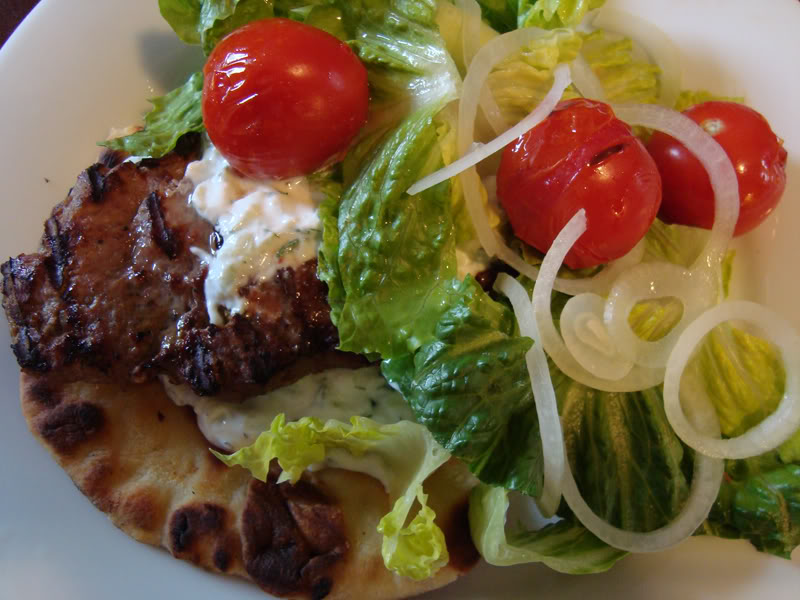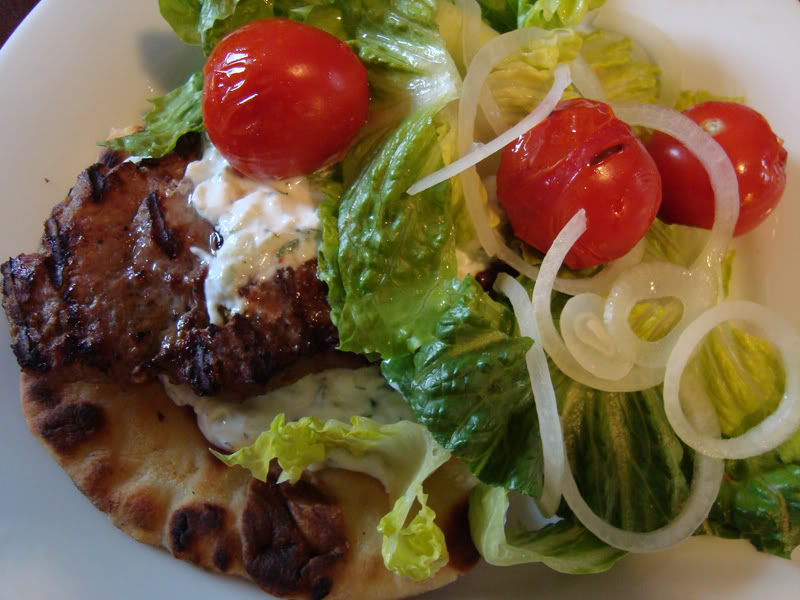Nicholas Mosher
Sous Chef
Every once in a while I enjoy delving into cookbooks of foreign cuisines to develop a small set of dishes that make "get togethers" interesting. I find that I learn quite a bit reading through cookbooks - especially those that attempt to explain why a cuisine has developed to what it is today through the geography of a region and culture of the people who live there.
So after eating at a bunch of Persian-owned persian restaurants that have been popping up everywhere in my area and buying a few cookbooks, I'm going to try and develop my hand at Persian food. I'm going to make a conscious effort at keeping the food from simply becoming an extension of stereotypical middle-eastern or Greek street food. I found "New Food of Life" by Najmieh Batmanglij to be an excellent resource, and read every page.
So tonight and tomorrow I will be attempting slightly modified versions of...
Homemade Nan-e Barbari
Fresh Panir
Shirazi Salad
Javaher Polow
Veggie Kabobs
Jujeh Kabobs
Kabob-e Kubideh w/Maast-O Khiar
and Walnut Cookies w/Oranges in Syrup
I purchased the sword-like skewers with flat-sides for the Kubideh, and got my order of amazing spices in from an Iranian store.
Pictures and text to come (hopefully by the end of the week).
Any tips out there from veterans of this cuisine?
EDIT: Oh, and I'm also developing a cocktail to match. One thing I learned through reading is that although Muslim culture forbids alcohol, certain minority sub-cultures (that are actually ancient Persian) are allowed to produce wine for personal use. Arak, an anise liqueur is also widely "abused"...
So after eating at a bunch of Persian-owned persian restaurants that have been popping up everywhere in my area and buying a few cookbooks, I'm going to try and develop my hand at Persian food. I'm going to make a conscious effort at keeping the food from simply becoming an extension of stereotypical middle-eastern or Greek street food. I found "New Food of Life" by Najmieh Batmanglij to be an excellent resource, and read every page.
So tonight and tomorrow I will be attempting slightly modified versions of...
Homemade Nan-e Barbari
Fresh Panir
Shirazi Salad
Javaher Polow
Veggie Kabobs
Jujeh Kabobs
Kabob-e Kubideh w/Maast-O Khiar
and Walnut Cookies w/Oranges in Syrup
I purchased the sword-like skewers with flat-sides for the Kubideh, and got my order of amazing spices in from an Iranian store.
Pictures and text to come (hopefully by the end of the week).
Any tips out there from veterans of this cuisine?
EDIT: Oh, and I'm also developing a cocktail to match. One thing I learned through reading is that although Muslim culture forbids alcohol, certain minority sub-cultures (that are actually ancient Persian) are allowed to produce wine for personal use. Arak, an anise liqueur is also widely "abused"...
Last edited:





